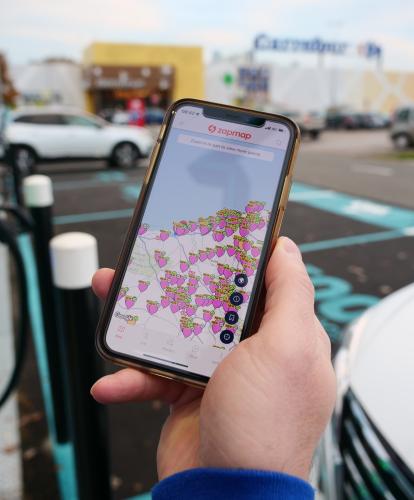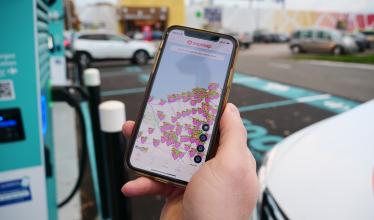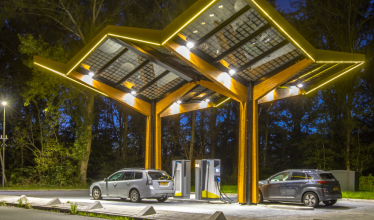With Zapmap having taken its first step into mainland Europe in early December, here we take a closer look at what you can expect from EV charging on the continent in 2024.
So what does this year have in store for electric vehicle (EV) drivers and the wider EV sector in mainland Europe?
Our first steps into mainland Europe
In December 2023, Zapmap began displaying charge points on the continent. You can now search and filter for selected charge points in France, Germany, Belgium, the Netherlands, and Luxembourg.
“Mapping charge points in mainland Europe has been a frequent request from Zapmap users, so I’m very pleased to say that we made it happen,” says Alex Earl, Commercial Director at Zapmap.
The aim at this initial stage is to help UK drivers on the continent find charge points en-route when road tripping in an electric car across these countries.
“To begin with, we added some 15,000 charging locations in Europe – a 50% increase on the number of charging locations in the UK,” Earl continues. “Now I’m very much looking forward to our next steps, where we’ll be working to broaden and deepen our presence on the continent.”
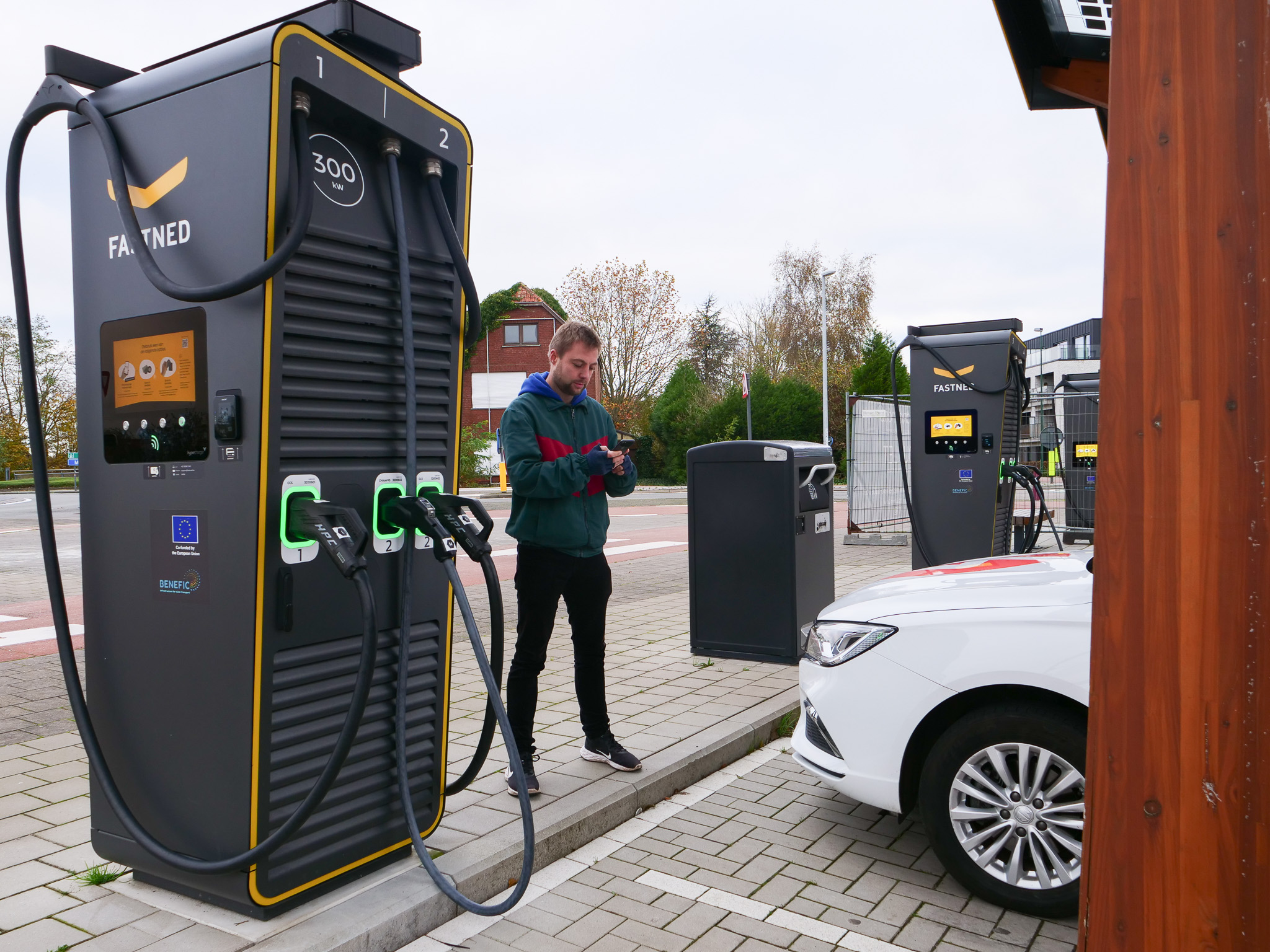
Mapping charge points in mainland Europe has been a frequent request from Zapmap users.
As of December 2023, Zapmap’s route planner and cross-network payment solution are only available in the UK and Ireland. “But watch this space,” says Earl, “because our next moves will be to help EV drivers plan routes and pay for charging in France, Germany and Benelux.
“Looking ahead, we're planning to display more types of charge point – and more charging networks – in more European countries, such as Spain, Switzerland, Austria and Italy.”
More EV drivers in Europe, bigger operators
As 2024 progresses, we are likely to see greater numbers of UK drivers traveling to the continent, as well as more cross-border travel within mainland Europe. There are a few reasons for this upward shift.
First, from our annual charging survey, we know that around 18% of electric car drivers travel abroad – typically to France, as well as Belgium, the Netherlands and Germany. The past year has seen a 28% increase in people traveling abroad in their electric car, and we only expect to see this number increase as 2024 progresses.
With this comes an increase in the number of charge points, and the growth of the companies that operate them.
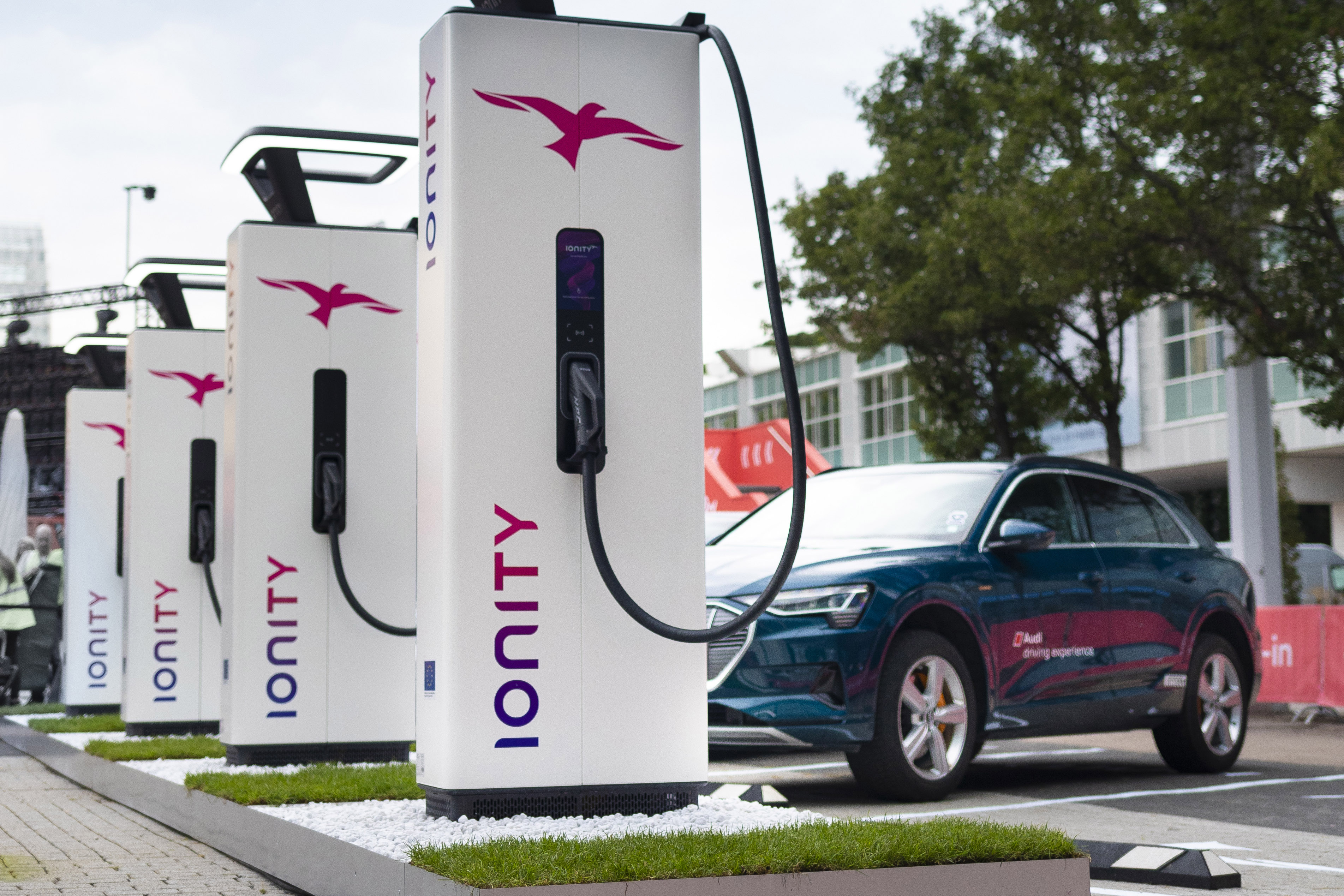
Growing numbers of EV drivers are becoming more comfortable with longer international journeys.
“Going into 2024, we can expect to see the continued growth of charge point operators with an international focus – such as Ionity, Shell Recharge and InstaVolt – alongside e-mobility service providers and aggregators like Zapmap,” says Earl.
“In part this will be due to the growing number of electric car drivers who are becoming more comfortable with longer international journeys, as well as the increasing number of pure-electric cars with a higher range.”
However, there is another factor that will play an increasingly important role in helping to open up electric travel in Europe – not just in 2024, but well beyond.
Alternative fuels: Smoother operators
“In no small part, the EU’s upcoming Alternative Fuels Infrastructure Regulation, or AFIR, will help to reduce barriers to cross-border operations in Europe,” says Earl.
“A key feature of 2024 will be charge point operators across Europe, as well as other parties in the EV space, preparing for the AFIR regulation coming into force at the beginning of 2025.”
The AFIR regulation is part of the European Union's Fit for 55 initiative – a package designed to reduce its net greenhouse gas emissions by 55% by 2030 compared to 1990 levels.
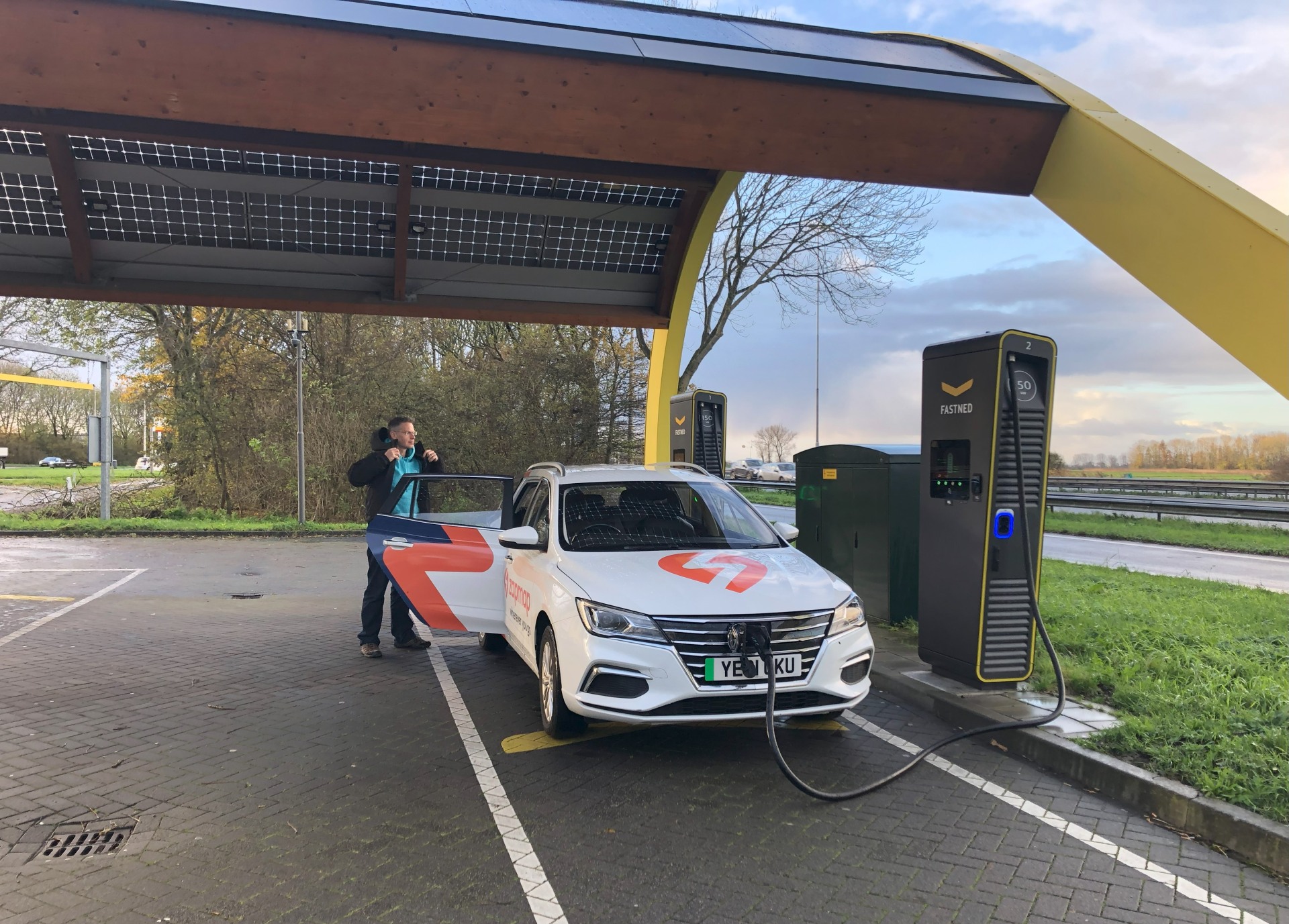
One of AFIR's goals is to have electric car charging points at least every 60km on main roads by 2025.
“In a nutshell, AFIR aims to increase the accessibility and interoperability of charging infrastructure across mainland Europe. In this respect, it’s quite similar to the UK's recently passed PCPR,” says Earl.
“Amongst other things, DC chargers will be required to have contactless payment when installed, or have this retrofitted if not there already.”
AC chargers will also be required to have an 'ad hoc' payment method. “We expect this to be largely catered for by having QR codes on the screen of the charger,” Earl continues, “although QR code stickers won’t be permitted in order to prevent fraud.”
Removing barriers to electric travel
It’s not only the AFIR regulation that will help to reduce barriers to cross-border operations in Europe, however.
“Expect to see Plug & Charge, which enables you to simply plug in your vehicle and the payment takes care of itself, becoming increasingly commonplace,” says Earl. “This makes the whole payment process much easier for drivers, especially as the car manufacturers further develop the 'in-vehicle' experience in parallel.”
Other developments will play their part too. “I think we can also expect to see Mobility as a Service (MaaS) being mentioned more often in conjunction with electric cars,” says Ed Walsh, Head of Product at Zapmap.
“We’ll see this increasingly as companies and authorities look to offer electric car sharing in combination with other modes of public transport.”

Car sharing will play an increasingly important role in 2024.
Zapmap, too, will play its part in removing barriers to electric travel. “Going into 2024 we remain committed to our mission of making charging simple, giving drivers the products and services for stress-free charging, whatever their needs,” says Walsh.
“We’ll continue to build awareness of the benefits of moving to electric, knock down barriers for everyone to do so, and in turn create and enable the next generation of EV drivers.
“It’s an incredibly exciting time to work in the EV sector and I can’t wait to see the range of innovative services that we and others will bring to market in the next 12 months.”
